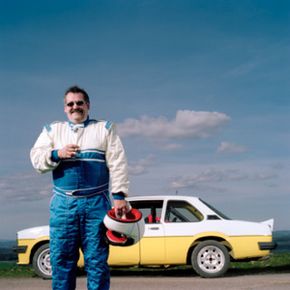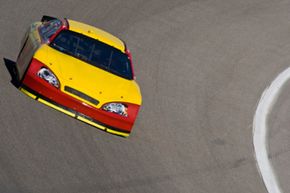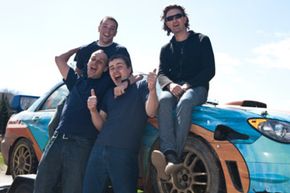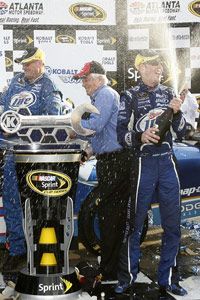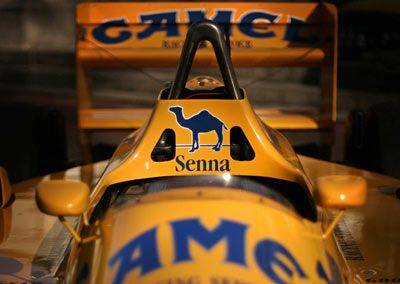Have you ever harbored dreams of being a race car driver? Anything can inspire the lust: catching a NASCAR event on TV, a few minutes of addictive (by which we mean "illegal") back-and-forth on the highway, or even the smell of new tires and potent fuel. Believe it or not, there's a sanctioned and mostly safe outlet for such indulgence. It won't land you in jail, and you won't have to watch in tears as your beloved ride is towed away to the impound lot. Your credit card balance will take a hit, but the driving skills you'll acquire are a good investment and will increase your skills behind the wheel. We're talking, of course, about racing school, where you can get pointers from well-known instructors and race car drivers, claim seat time in a variety of incredible (and incredibly fast) cars, and drive on some of the fastest and most notorious road courses and tracks in the country. At racing school, you can fine-tune your heel-toe downshifting and double-clutching skills to your heart's content.
Big-name racing schools like to brag about their celebrity alumnae, and there are a lot. Racing school has been the first serious step in the careers of many professional drivers, and actors, musicians and other famous folk are frequent patrons. Buying, driving and wrecking fast cars has long been a cherished pastime of the super wealthy and marginally talented, but why should they have all the fun? You don't need to be rich and famous to join the ranks of racing school graduates. Considering the consistent popularity of various motorsports, chances are there's a racing program operating at a race track near you.
Advertisement
